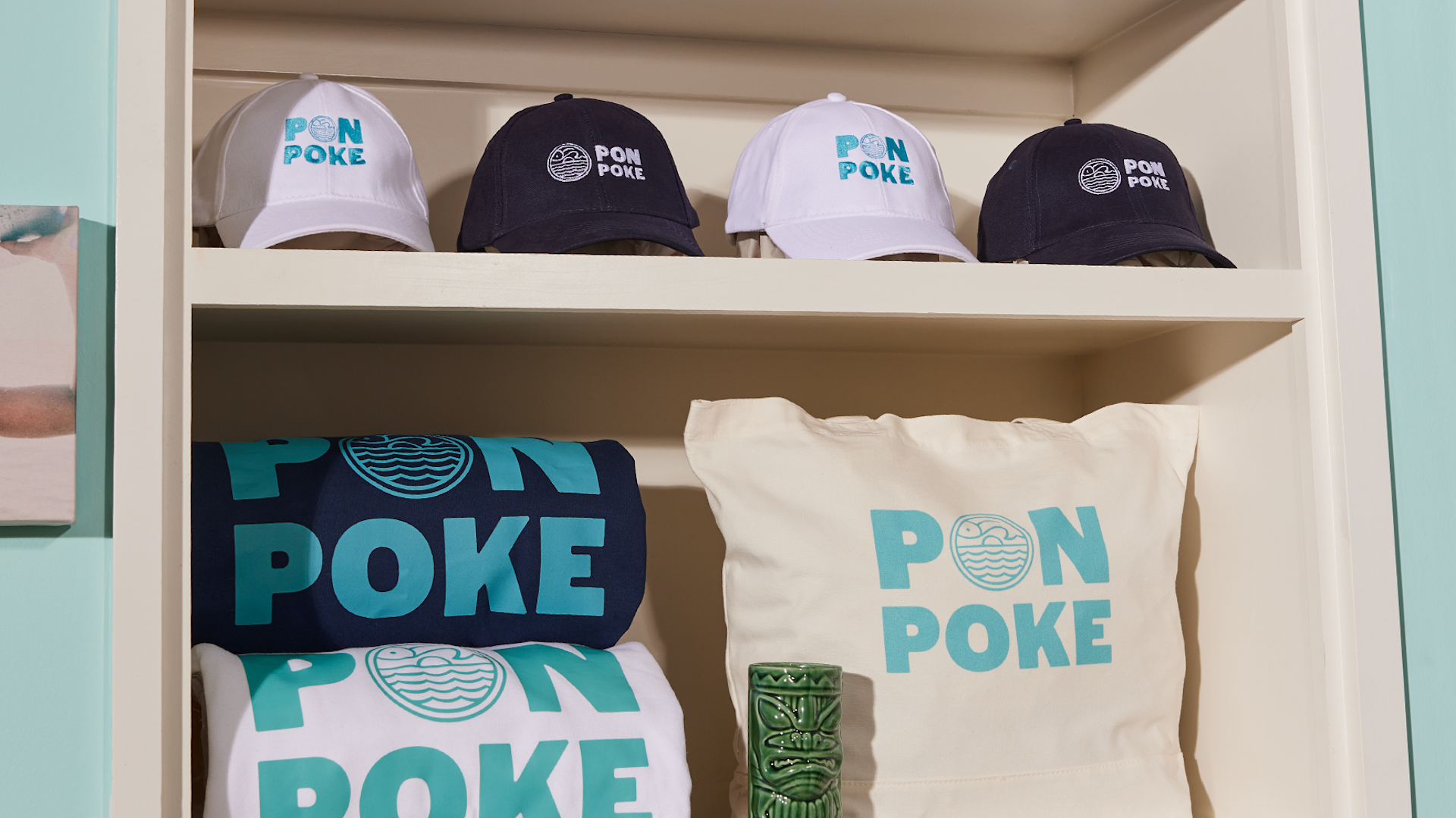The Value of Sustainable Apparel: How It Impacts the Atmosphere and Your Closet
Lasting clothes is progressively identified for its critical role in minimizing the environmental influence of the rapid apparel industry. By concentrating on environment-friendly materials and ethical production techniques, it resolves pushing environmental problems. This change not only profits the earth but also influences customer selections, resulting in a more thoughtful approach to wardrobe administration. Comprehending these characteristics increases vital questions concerning fashion's future and individual obligation fit it.
The Ecological Footprint of Quick Fashion

Advantages of Sustainable Materials
Lasting products offer significant advantages, especially through environment-friendly material selections that reduce environmental damage. These materials likewise demonstrate sturdiness and long life, decreasing the demand for regular replacements. Consequently, they add to a more lasting fashion business and advertise liable customer habits.
Eco-Friendly Material Selections
While the fashion business has long been connected with quick trends and ecological damage, the rise of green material choices provides a transformative possibility. Sustainable materials such as natural cotton, hemp, and Tencel have gotten appeal due to their reduced eco-friendly influence. These textiles are commonly produced without hazardous pesticides and require less water, lowering their carbon impact - Branded Clothing. Additionally, many green materials are eco-friendly, adding to a round economy by minimizing waste. Selecting sustainable materials not just supports ecologically responsible techniques yet additionally promotes much healthier environments. As consumers become more familiar with their buying power, the need for eco-friendly materials encourages brand names to innovate and embrace even more lasting manufacturing approaches, eventually benefiting the planet and future generations
Durability and Durability Advantages
Lots of customers are progressively identifying the resilience and long life benefits of sustainable materials in their garments choices. Unlike standard textiles, lasting materials such as organic cotton, hemp, and recycled polyester are crafted to stand up to wear and tear, leading to garments that last much longer. This decreased frequency of substitute not just conserves consumers cash gradually but also lessens waste created by quick fashion. On top of that, sustainable clothing commonly uses environmentally friendly manufacturing techniques that improve textile stamina, adding to a reduction in the overall carbon footprint. By buying sturdy clothing, consumers can cultivate a more lasting closet while delighting in top notch items that keep their visual and functionality over time. Subsequently, sturdiness and durability stand as vital benefits of choosing sustainable products.
Minimizing Waste Through Lasting Practices
Decreasing waste in the fashion industry can be attained through cutting-edge techniques such as upcycling and repurposing products. Additionally, embracing minimal wardrobe methods urges consumers to prioritize top quality over quantity, inevitably decreasing garments intake. With each other, these approaches add substantially to a more sustainable garments version.
Upcycling and Repurposing Products
Upcycling and repurposing products have actually become ingenious methods in the fashion market, transforming discarded fabrics right into valuable brand-new products. This approach not only minimizes waste but also motivates imagination and individuality in clothes layout. By taking old garments and materials, designers can produce special pieces that mirror individual style while decreasing the demand for new sources. Additionally, upcycling frequently calls for much less power and water contrasted to standard production processes, considerably lowering the environmental impact of style. As customers come to be extra conscious of sustainability, the appeal of upcycled clothing proceeds to increase, advertising a round economy. Ultimately, these methods add to an extra sustainable future, where fashion focuses on environmental health and wellness over fast production and consumption.

Minimalist Closet Approaches
As individuals progressively seek to reduce their ecological impact, adopting minimal closet strategies has actually gained grip as a reliable strategy to lasting style. These approaches stress high quality over quantity, motivating consumers to curate a smaller collection of versatile, long lasting garments. By concentrating on classic items that can be combined Related Site and matched, individuals can lower the frequency of acquisitions and ultimately decrease waste.Additionally, minimalism advertises mindful consumption, urging buyers to review the ethical and ecological ramifications of their options. This approach not just promotes a much more lasting way of life yet likewise simplifies everyday decision-making pertaining to clothing. As people accept minimal principles, they add to a fashion culture that values sustainability and accountable consumerism, ultimately resulting in an extra eco-conscious culture.
The Duty of Ethical Labor in Sustainable Fashion
While lots of customers are significantly conscious of the environmental effects of their clothes selections, the significance of ethical labor practices in lasting style can not be forgotten. Moral labor incorporates fair salaries, safe working problems, and regard for workers' civil liberties, developing the backbone of responsible style manufacturing. Brand names that focus on ethical labor not only uplift neighborhoods however additionally established a standard for liability in the industry.Moreover, the assimilation of ethical practices promotes openness, making it possible for consumers to make educated selections about their purchases. This method contrasts greatly with quick fashion's unscrupulous labor designs, which frequently focus on revenue over individuals. By sustaining firms committed to honest labor, consumers add to a system that values human self-respect alongside environmental sustainability. Moral labor is not just an add-on; it is essential to the broader goal of lasting fashion, making sure that the quest for eco-friendliness does not come at the expenditure of human rights.
The Effect of Sustainable Clothing on Carbon Emissions
Sustainable apparel has the possible to substantially lower carbon discharges linked with the fashion business. Standard garment production contributes significantly to greenhouse gas discharges, mostly because of energy-intensive production procedures and making use of non-renewable sources. On the other hand, lasting style focuses on environment-friendly materials, such as natural cotton or recycled fibers, which typically require less power to produce.Moreover, lasting brands tend to take on much more effective production practices, lessening waste and lowering overall exhausts. By prioritizing longevity and ageless layout, lasting clothing encourages customers to buy much less often, additional lowering the carbon sites footprint linked with overconsumption.Additionally, several sustainable brand names are committed to openness in their supply chains, making it possible for consumers to make educated selections that align with their worths. Eventually, shifting in the direction of sustainable apparel can result in a substantial reduction in carbon discharges, adding to a healthier planet and a much more lasting future for the fashion business.
Sustaining Regional Economies With Lasting Options
The change towards lasting clothing not just addresses environmental worries however additionally substantially advantages local economies. By selecting sustainable fashion, consumers usually support regional artisans and small services, boosting neighborhood resilience. These enterprises normally run on a smaller sized range, prioritizing workmanship and ethical techniques over mass production.Investing in locally made sustainable clothing cultivates job development and stimulates economic development within areas. As customers end up being much more knowledgeable about the ecological effect of their acquisitions, they increasingly look for out products that reflect their values. This demand motivates local suppliers to adopt lasting techniques, adding to a round economy.Moreover, supporting local organizations reduces transport emissions, aligning with eco-conscious customer behavior. The interconnectedness of sustainable garments and regional economic situations emphasizes the crucial role that individual choices play in promoting both ecological and economic wellness. By fostering these regional connections, communities can flourish while also working in go now the direction of an extra sustainable future.
Changing Your Storage Room: Tips for a Sustainable Wardrobe
As individuals look for to lower their ecological influence, changing a wardrobe right into a lasting wardrobe becomes an important action. One efficient technique is to review existing clothes, keeping only things that are put on regularly and that line up with sustainability goals. Prioritizing quality over amount is crucial; investing in long lasting pieces from eco-friendly brands can greatly minimize waste.Additionally, incorporating pre-owned products can rejuvenate a wardrobe while reducing ecological damages. Organizing garments swaps with close friends or donating unused products can further advertise sustainability.When shopping, people need to look for products that are natural, recycled, or biodegradable, and avoid quick fashion sellers - Branded Clothing. Practicing mindful consumption by thoughtfully thinking about each acquisition can contribute to an extra sustainable way of life. By implementing these ideas, one can create a wardrobe that shows individual design while sustaining environmental stewardship
Regularly Asked Concerns
How Can I Recognize Sustainable Clothing Brands?
To determine lasting clothes brand names, one should investigate products utilized, examine for accreditations like Fair Trade, and examine the brand name's openness concerning their manufacturing processes, labor techniques, and environmental influence, making certain environmentally friendly and moral methods are prioritized.
What Are the Costs Associated With Sustainable Style?
The expenses connected with sustainable fashion can differ substantially. Higher production expenses, ethical sourcing, and environment-friendly materials usually bring about boosted retail prices, which might prevent some customers while attracting environmentally aware consumers.
Can Sustainable Clothing Be Fashionable and stylish?
Lasting clothes can certainly be fashionable and elegant. Designers significantly prioritize ingenious materials and honest production techniques, confirming that style and sustainability can exist together. Consumers currently have diverse choices that blend aesthetic appeals with environmental awareness.
Exactly How Does Washing Clothing Affect Their Sustainability?
Washing clothes considerably influences sustainability by consuming water and energy, adding to pollution, and creating microplastic launch. Frequent washing can weaken textiles, reducing their life expectancy and boosting the requirement for replacements, inevitably worsening environmental problems.
What Is the Life-span of Lasting Clothes Compared to Rapid Fashion?
The lifespan of sustainable apparel generally goes beyond that of fast style things, typically lasting a number of years due to quality products and workmanship. In comparison, rapid style garments may weaken promptly, requiring even more constant substitutes. Sustainable garments is increasingly identified for its critical duty in minimizing the ecological impact of the quick fashion industry. While lots of customers are progressively conscious of the ecological repercussions of their clothes selections, the relevance of moral labor practices in sustainable style can not be overlooked. Branded Clothing. Lasting apparel has the potential to significantly lower carbon emissions linked with the style market. In contrast, sustainable fashion focuses on environment-friendly materials, such as organic cotton or recycled fibers, which frequently need less power to produce.Moreover, sustainable brand names often tend to adopt extra reliable production techniques, minimizing waste and decreasing general discharges. By focusing on resilience and ageless design, sustainable garments encourages customers to purchase less often, additional decreasing the carbon footprint associated with overconsumption.Additionally, numerous lasting brands are committed to transparency in their supply chains, allowing consumers to make educated choices that straighten with their worths